After reading about some of the photodiode characteristics on the Internet I got really confused with the photodiode working principle. I tried to search for them in Google and got some definitions, but it still confuses me a lot.
I found a topic on the Internet which indicated that
photodiode is in reversed biased while LED is in forward biased
So, is the reversed bias here photoconductive mode of photodiode?
A problem that came to my mind is that, in the figure above, do I connect the longer lead of photodiode to ground or to the negative node of the op amp?
And does the current direction through photodiode flow opposite to its indication in any mode (photoconductive or voltanic), for example like in picture above (photodiode "points up" while current goes from negative node to ground)?
What I'm confused about is the concept about the photoconductive mode. Is that true that any photodiode with voltage across it not equal to 0 is in photoconductive mode?
Another question is that: if the photodiode is in photoconductive mode, if I change the polarity (example: anode initially connected to ground, then cathode to ground), does the mode (photoconductive / photovoltaic) change, too?
